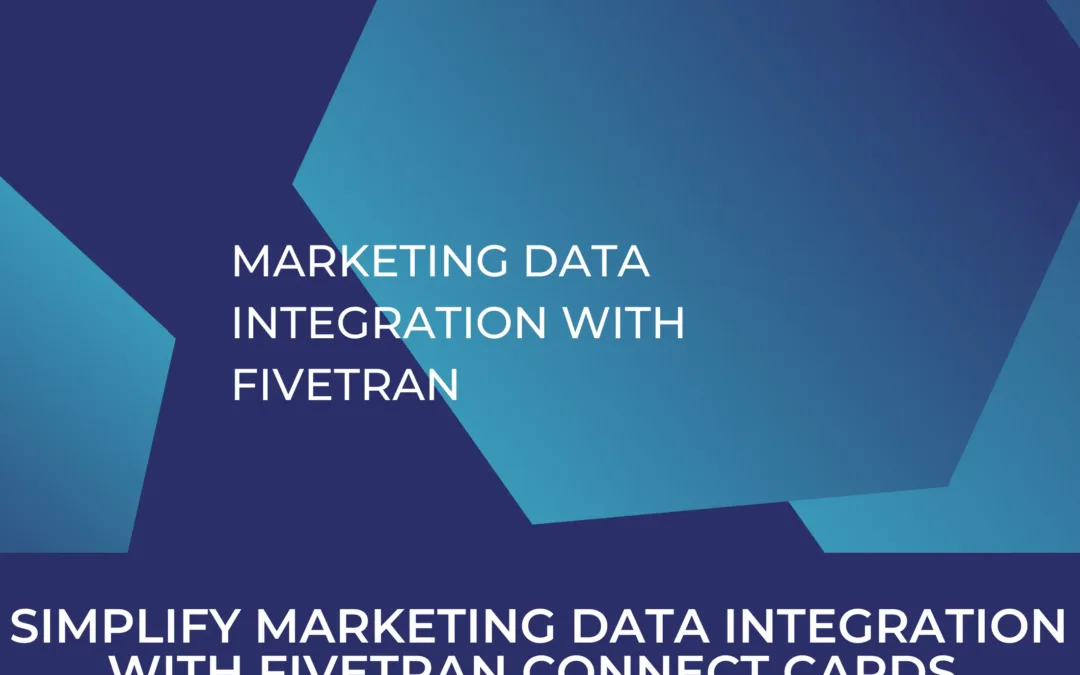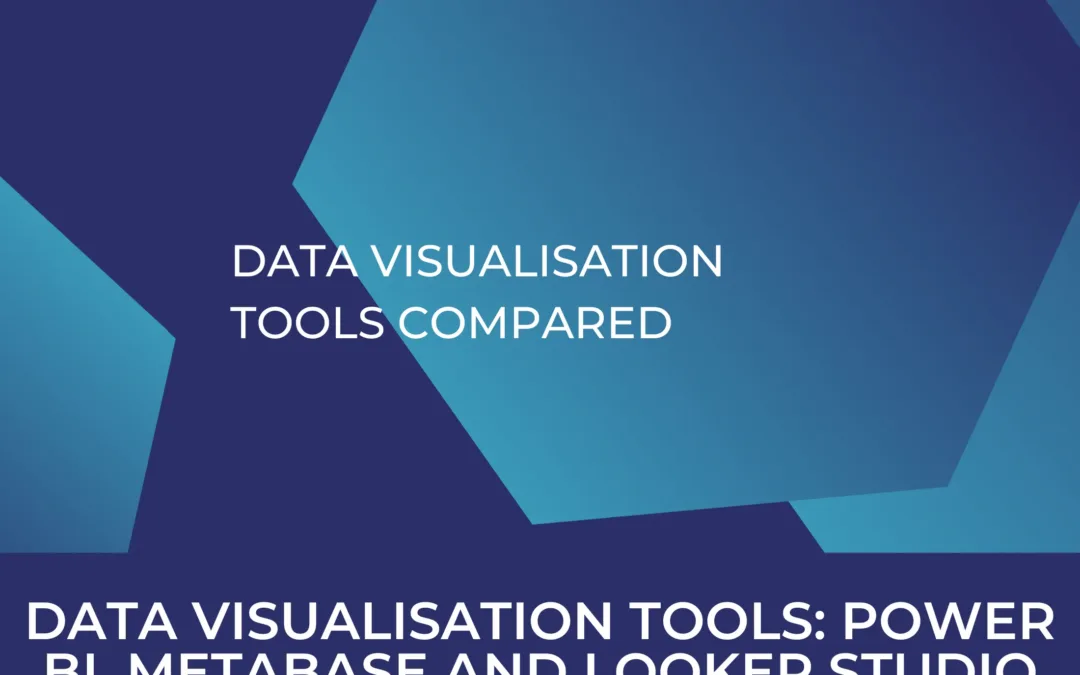What is a Data Mart and why would you need it?
Understanding data marts and their benefits can be a game-changer for your business. Whether you’re a small startup or a large enterprise, leveraging data marts can provide valuable insights, improve decision-making processes, and drive growth. In this article, we will delve into what data marts are and explore the ways they can benefit your business.
Table of Contents
Introduction: Definition of Data Marts
Data Marts refer to subsets of a data warehouse that are focused on specific departments or functional areas within an organization. They pull specific, useful information from the big central data warehouse to give certain teams just what they need to make choices or check out trends. So while the warehouse holds all the data, the Marts are like special storerooms for sales, finance or other individual departments to get at the data that matters for their specific needs.
These data subsets are small and customized to match what the departments can actually use and make it faster for them to get answers from the data compared to searching a massive warehouse. So people can easily access the exact data that helps them in their decision making, rather than providing masses of irrelevant information.
Importance in the context of business intelligence
The agility using data marts allows people to analyze information and react more quickly in their daily business. They take parts of big data warehouses and organize the information in ways that make sense for different departments and needs.
On top of speed, data marts can also ideally provide higher quality information. Since they’re built for specific departments and objectives, data marts can ensure the data itself is correct and meaningful for real-life decisions that need to be made. Data marts help ensure information stays reliable. Bad data leads to bad choices, so by creating these targeted repositories, companies can empower their employees with real-time, actionable insights.
All this makes data marts a critical tool for any business that wants to make data-driven decisions quickly and correctly. They help organize a flood of available information into properly-sized pieces for different business needs. Ideally leading to smarter strategies and less mistakes.
Key Features and Components of Data Marts
As already mentioned, data marts aim to provide simple and efficient access to relevant data for decision-making. The main components of data marts include the various data sources, ETL processes and data models. The sources can be internal systems, external databases or third-party data providers.
ETL processes (Extract, Transform, Load) involve extracting data from the sources, transforming it into a consistent format, and loading it into the data mart. This process ensures data quality and compatibility within the data mart.
Lastly, data models define the structure and organization of the data within the data mart. They determine how data is organized, related, and stored, enabling efficient querying and analysis. Overall, these components work together to create a reliable and accessible data mart that supports effective decision-making within an organization.
Different types of data marts
There are different types of data marts for different needs, e.g. enterprise data marts and departmental data marts serve different purposes in an organization. Enterprise data marts are like a one-stop shop for data from across the whole company. They give higher-level managers a bird’s eye view of everything going on so they can spot trends and make big strategic decisions.
Departmental data marts drill down into the details relevant for specific teams. The marketing team needs to see customer data, web traffic, campaign results. The operations team needs to analyze supply chains, manufacturing efficiency reports, etc. So these contain data relevant to a particular department, allowing for in-depth analysis and reporting specific to their needs.
Teams get what they need to make decisions and meet their goals without getting overwhelmed by too much or too little information. The enterprise view prevents silos while the department view enables targeted analysis. Together, they give comprehensive yet relevant data access.
Benefits of Data Marts for Businesses
1. Improved Performance and decision making: Data marts can really help companies to streamline processes. They give you much faster access to the data that employees need on a day-to-day basis, as you only keep the relevant information, rather than huge piles of meaningless data. And with specialized data marts for each department, experts can really dive deep into the numbers that are important for decision making in that part of the business.
2. Increased Flexibility: Data marts are designed to be adjusted quickly when needed. They can be modified easily to handle new business needs without messing up existing structures. This means organizations can roll with changes in the market.
3. Cost Efficiency: Implementing a data mart is often more cost-effective than building a full-scale data warehouse. Since data marts are focused on specific areas, they require fewer resources and can be developed and maintained at a lower cost.
4. Data Governance: Data marts can help improve data governance by providing controlled access to information. By defining user permissions and access levels, organizations can ensure that sensitive data is protected and only accessible to authorized personnel.
Implementing Data Marts
There are a number of steps to consider when creating and implementing data marts. First, you need to determine the business requirements and needs to be met by the data mart. This includes defining the scope of the data mart, deciding which data sources to use, and determining the dimensions and metrics to include.
The next step is to design the schema for the data mart. This involves creating tables and defining relationships that will structure the stored information. Once the schema is designed, you move on to extract, transform and load (ETL) the data into the data mart. During this process you must. Transform the data to ensure it is accurate and consistent.
After that, it’s time to implement the data mart by setting up all the tools and technologies for querying and analyzing its contents. It’s also important to perform maintenance updates to keep your data mart relevant to your business needs.
Challenges and Considerations
The implementation and use of data marts can involve challenges. One potential difficulty is to ensure the accuracy and quality of the data stored in the data mart. It is important to implement data governance mechanisms to provide assurance that the data collected is reliable. Maintaining up-to-dateness plays an important role in this context.
Another challenge is to define the structure and design of the data mart to meet the needs of the organization or specific department. This requires understanding the data elements, relationships and hierarchies that need to be included in the data mart. In addition, integrating data from multiple sources can be a tedious and time-consuming task that requires careful planning and coordination. So don’t underestimate this aspect.
Finally, protecting the security and privacy of the information in the data mart is key to protect sensitive information and comply with regulatory requirements. In summary, establishing and effectively leveraging a data mart will require taking these challenges into consideration for a successful implementation process.
Data governance and security considerations
Data governance means defining rules, roles and responsibilities to make sure that the data stored in repositories maintains its quality, integrity and confidentiality. Security considerations within data marts encompass a multi-faceted approach, including access controls, encryption, and auditing mechanisms to safeguard sensitive information. By addressing data governance and security concerns proactively, companies can build trust in their data infrastructure promoting reliable decision-making processes.
When organizations look at data warehousing, data marts and data strategy in general, it is important to understand these governance and security aspects. These aspects must always be considered in order to make informed decisions that make your data strategy not only more effective, but more secure. If you need help navigating these complexities, we are here to help.
Integration with other systems and data sources
Successful integration is of course a decisive factor for a clean data flow. To achieve this, compatibility with data sources such as ERP (Enterprise Resource Planning) systems, CRM (Customer Relationship Management) tools and external data sources plays an important role. Only then can a comprehensive understanding of operational processes be achieved.
Efficient integration not only provides real-time insights. It also promotes collaboration and exchange between departments to seamlessly integrate data marts into the larger data infrastructure.
Conclusion
In summary, understanding the importance of data marts and the benefits they bring can really help companies of all sizes evolve. Whether you are a startup aiming for flexibility or a large enterprise looking to improve decision making, data marts offer a tailored approach to accessing and analyzing data. As real-world examples show, successful implementations of data marts consistently lead to performance improvements in decision-making processes and overall business expansion. The special characteristics of data marts, their adaptability and cost efficiency, make them tools in the field of business intelligence. Furthermore, you need to consider aspects such as data granularity and integration while managing challenges in terms of accuracy and security when implementing data marts. As organizations look to adopt a data strategy, the integration of data marts is proving to be an important component for enhanced analytical capabilities.
If you are facing just such challenges and would like to take your data strategy to the next level, feel free to get in touch with our experts at any time for a no-obligation call.




